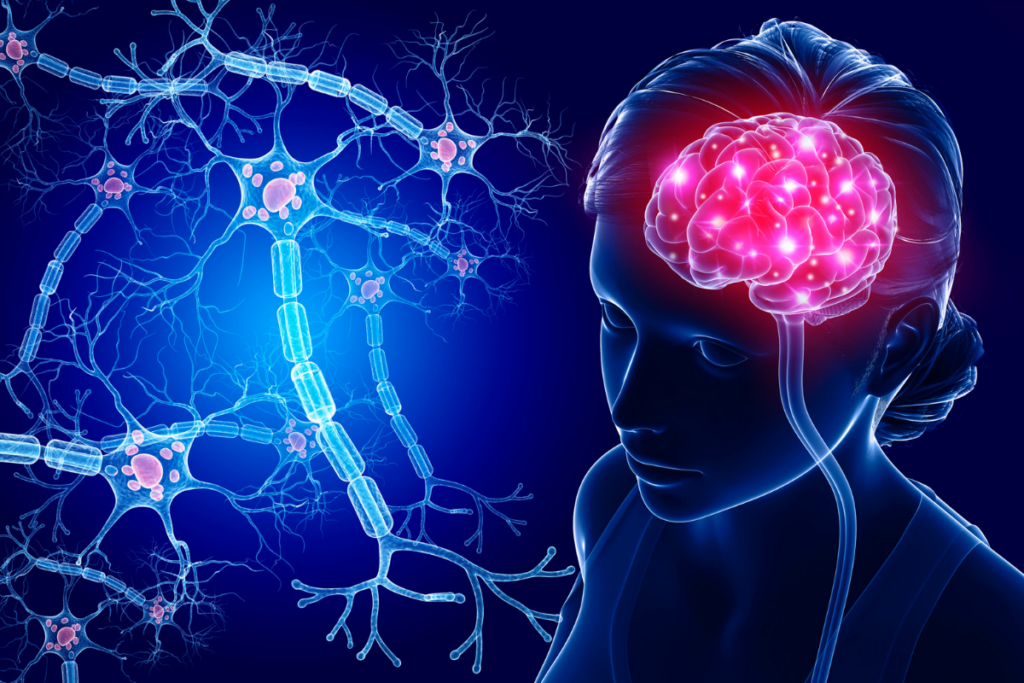Dr Geraldine Borman
You can change how your pain feels by changing how you think about it. When you know what your pain means, why it is there, where it comes from – then it is not as scary, and suddenly it feels a less severe. Learning the language of pain will change your pain. We will be exploring the science behind pain today.
Imagine you are walking down the street and you step on a piece of glass. The glass shard breaks your skin and is sticks into the tissues in your foot. Is it important to know it is there? The answer is most definitely yes. If you did not know the glass is in your foot, you would continue walking, the glass would continue to cause damage with every step. In the next few hours your body would start a massive inflammatory reaction to the foreign material in your tissues. Most likely the dirty piece of glass would lead to an infection.

So how would you know that you just stepped on a piece of glass? Your brain tells you to stop and look at your foot by using the language of pain. Your foot has little nerves that form a network of links all the way to your brain – they activate the alarm system to say that something is wrong and your body is in danger. The brain gets this information and then communicates it to you by causing the feeling of sudden pain – you immediately stop and look at your foot. You can now remove the danger (the shard of glass). Over the next few days your alarm system calms down until you are pain free.
Pain is good. It is there to warn you of actual or potential damage to your tissues. It allows you to stop and look at those threats, to remove them or even avoid them. If you did not feel pain, your body could get damaged without you ever knowing it. So, then what about chronic pain? Are you just constantly in danger?
In chronic pain, the alarm system does not calm down completely. Your body stays alert to possible tissue damage, even when there is none. It stays alert even when there is no more danger. Your nervous system starts telling you about things that are not even dangerous. You start feeling pain when you have no tissue damage. Or you are interpreting some tissue damage as much more severe than it is. We call this central sensitization. The pain is not coming from your body – it is coming from your central nervous system (CNS). Your CNS is trying to protect you, but it has gotten out of hand. We need to find a way to calm down your brain.
I want you to understand this very well – the chronic pain you are feeling because of central sensitization is every bit as real and severe as the pain associated with actual tissue damage. Your perception of pain in your brain can be visualised on functional MRI’s just as strongly as if there was tissue damage.
There are many diseases associated with central sensitization, including fibromyalgia, tension headaches, back pain, and chronic pelvic pain. The approach to treatment is different because we are now aiming to calm your brain instead of targeting inflammation in the tissues. You may also have a combination of tissue-related pain and central sensitization – this requires treatment of both components.
Key points to remember:
- You can change your experience of pain by changing your perception of pain
- Pain is good – it is a protective mechanism
- With central sensitization your brain starts making pain, even without tissue damage, and interprets even small amounts of tissue damage as severe pain
- Chronic pain may be partially or completely due to central sensitization
- Pain due to central sensitization is every bit as real and severe as pain caused by tissue damage
- By addressing the underlying cause of your pain – whether it is central sensitization, tissue damage or both – we can improve your pain and your quality of life
